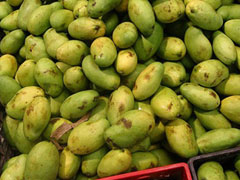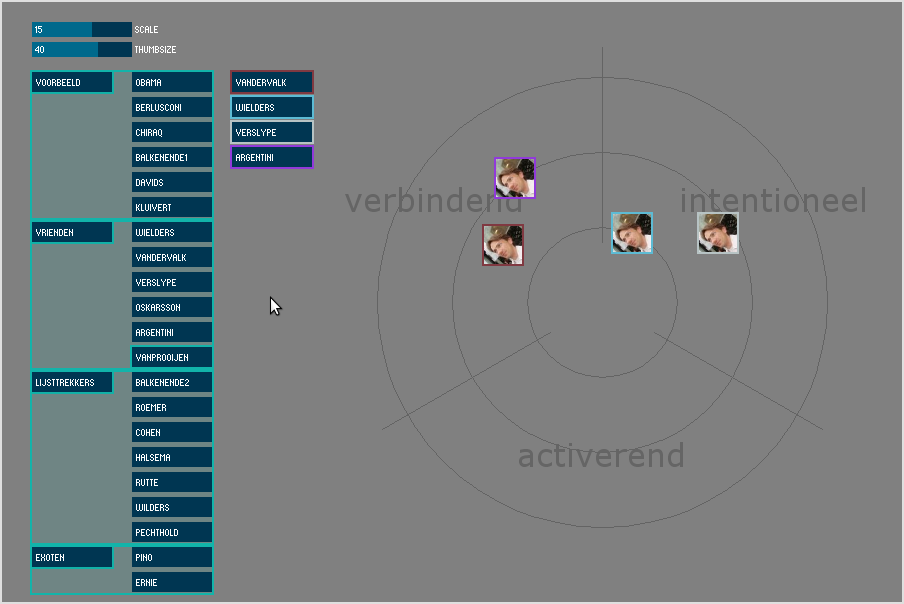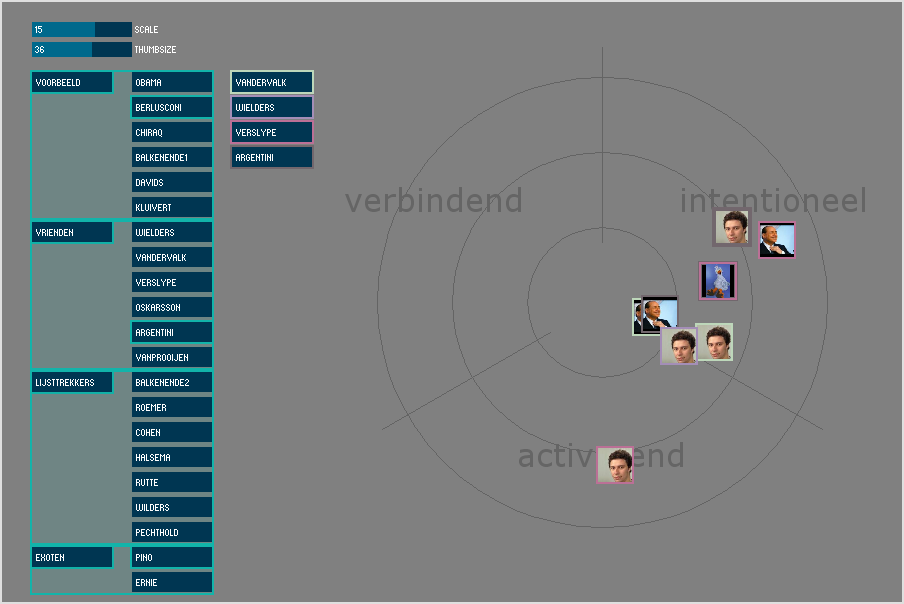Outline
Developed for ISAGA 2104, this presentation introduces the motivation, approach and first steps of my research as an external PhD. For developing a better understanding of behavioral dynamics, I have developed a new method, including a design tool that helps debriefing behavior.
Explanation in 14 SLIDES via Linkedin or as PDF file.
An app will become available for free – free as in free beer – online soon, so you(r team) can start improve debriefing skills!
Problem definition
Is it possible to visualize behavior – fed by interests of both the smaller part and the larger whole – and feed it back into the group, enabling groups themselves to make the group decision process more efficient? Thereby making the decision making process more effective as a whole?
Objective
Strengthen the process of effective decision making in engaged collaboration, while focusing on complex system situations.
Digging a little deeper
Working within a single organization sometimes already is quite a challenge, let alone working across organizational boundaries. Still cooperation lures for reasons like lower costs, better services and more flexibility.
In return, working together does require a certain degree of openness. Offering disclosure can however feel like undermining ones bargaining position. The start-up of a collaborative assignment in a complex system situation can quickly steer group members towards a delicate balance of cooperation and competition.
This balance of interests has two perspectives; both from the smaller part and from the larger whole. The exact motivation and the (expected) type of reciprocity is hard to identify.
Ambiguities between groups are mostly treated and negotiated in depth, for competitive reasons or purely powered by enthusiasm. This mutes the dialogue about each others position, interest or behavior. And it comes at the expense of that which the negotiation should actually handle: “how does the ambiguity / the conflict fit the intention of the cooperation?”
In particular, during the judgement phase of a debate cycle (between orientation and decision making phase) the bargaining dominates, and thus the positioning of self-interest. This seems to be an energy leak.
There are enough examples where cooperation and competition take place at the same level: the three universities of technology in the Netherlands, regional innovation clusters, safety regions, health care systems, distribution of aid in Haiti. These examples all indicate groups that have to deal with local struggle for (financial) means in short term, parallel to the envisioned regional cooperation. These examples raise questions about tensions between group interests; about a need for control versus a will for opening up.
Wouldn’t it be helpful to have a finger-on-the-pulse system available, to be used during collaboration in complex situations? This research aims at making clear how such a system should look / should work. I am curious whether unexpected, seemingly random and emotionally disturbing developments can improve the cooperation of the whole. What kind of disturbance is that and how can visualization techniques strengthen group interaction?





